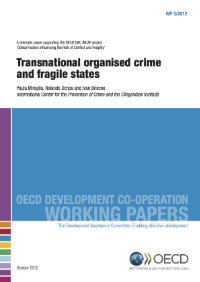By Santiago Montenegro and Álvaro Pedraza
This paper tries to explain why kidnapping has fallen so dramatically in Colombia during the period 2000-2008. The widely held belief is that the falling kidnapping rates can basically be explained as a consequence of the success of President Alvaro Uribe's democratic security policy. Without providing conclusive alternative explanations, some academic papers have expressed doubts about Uribe' security policy being the main cause of this phenomenon. While we consider the democratic security policy as constituting a necessary condition behind Colombia's falling kidnapping rates, we argue in this paper that a complementary condition underlying this phenomenon has been the significant increase during this period in the speed and quality of communications between potential victims and public security forces. In this sense, the expansion of the mobile phone industry in Colombia implies that there has been a substantial reduction in information asymmetries between kidnappers and targeted citizens. This has led to a higher level of deterrence as well as to higher costs for perpetrating this type of crime. This has resulted in a virtuous circle: improved security allows higher investments in telecommunications around the country, which in turn lead to faster communications between citizens and security forces, which consequently leads to greater security. We introduce a Becker-Ehrlich type supply and demand model for kidnappings. Using regional and departmental data on kidnapping, the police and mobile phones, we show that mobile phone network expansion has expanded the effective coverage of public protection; this, in turn, has led to a spectacular reduction in kidnapping rates.
Bogotá, Colombia: Universidad de los Andes–Facultad de Economía–CEDE, 2009. 30p





















